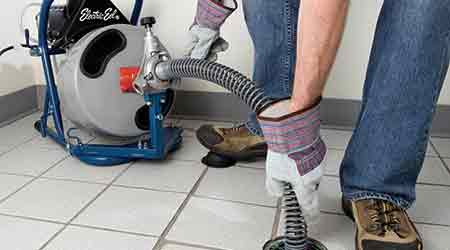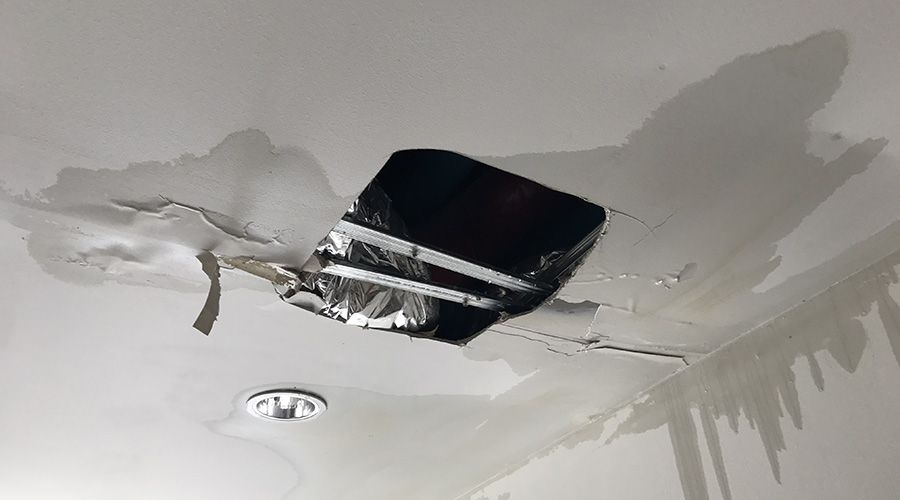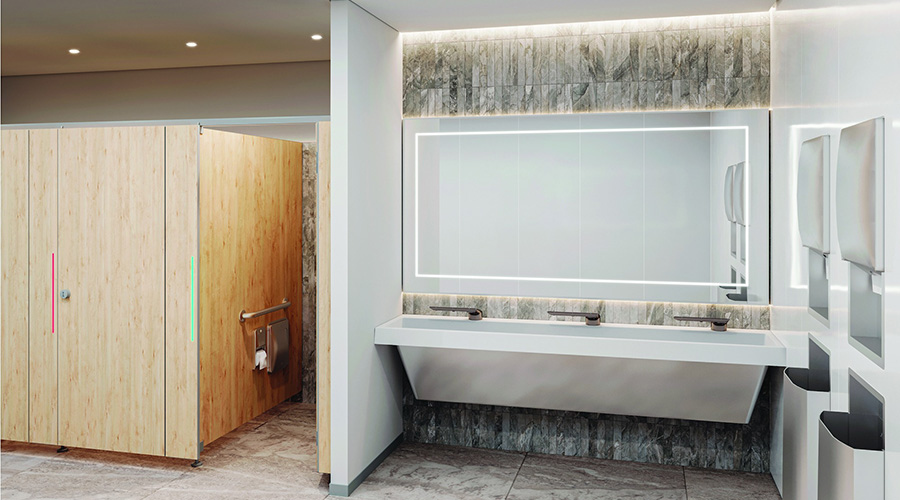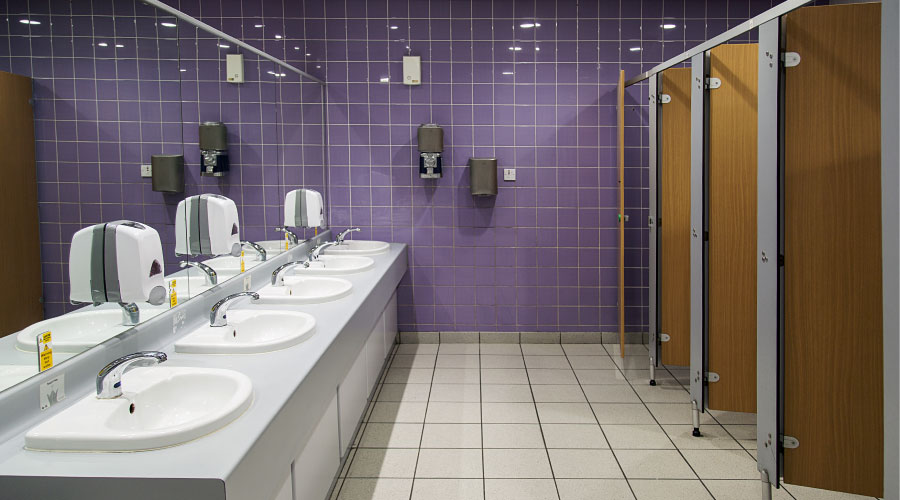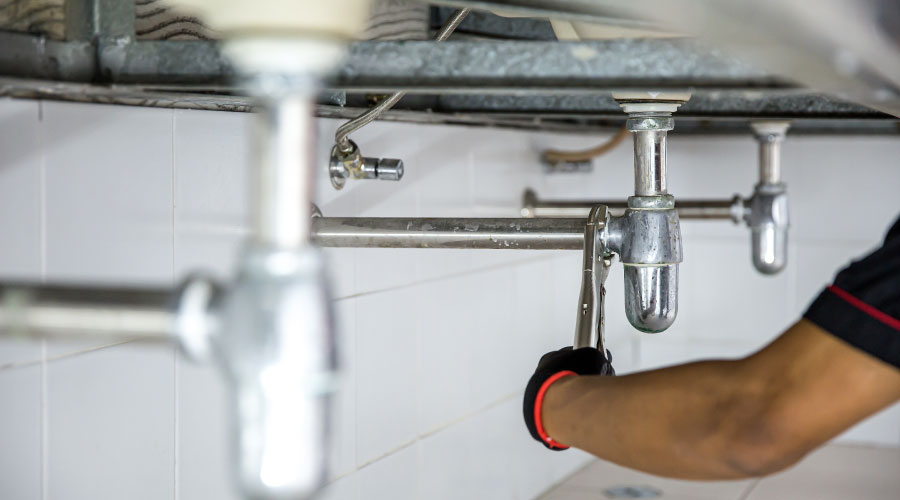Key Drain Cleaning Equipment to Consider
Part 2 of a 3 part article on drain cleaning strategies
Sectional machines. If technician encounter backups in several fixtures in different parts of the building, it is a good indication that the blockage is in a larger, connecting drain. If a larger drain is clogged, it is probably a job for a sectional machine. For 2- to 4-inch drains, a 7/8-inch cable in 10- or 15-foot-long sections can clear up to 200 feet. The same machine can convert for 3- to 10-inch drains by using 1-1/4-inch by 15-foot-long cable sections.
Sectional cleaners spin faster than a continuous coiled cable, so they can clear tougher blockages and roots. Some cleaners use a rear-connected cable hose to guide the section through the machine into the drain. Others position the machine 10-15 feet from the drain opening and slowly advance the machine toward the opening to feed each section of rotating cable into the drain.
For especially tough blockages, one strategy is to start with small-diameter accessories and increase the size as the opening in the blockage increases, rather than trying to clear the whole pipe diameter at once. Accessories include a cutter for getting through solid objects, a hook augur for removing objects, saw blades for root-cutting, and a side cutter for cleaning drain walls.
Power drain cleaners are high-torque machines, so it is essential technicians use safe practices before each use mandatory. Use a grounded plug. Check the power cord for cuts. Use safety glasses and leather gloves. Never add sections with the power on. Never use a mechanical drain cleaner in a drain that has chemical cleaner in it. Do not force the cable; the cable should feed itself.
When the cable stops feeding, the proper tactic to free it is to immediately reverse the rotation, back the cable out a few feet, and start forward feeding again. Forcing the cable can result in a whipping action, which can twist the cable on itself and cause injury or damage to the cable.
Inspection systems. This system allows inspection of interior drain walls for wear, leaks, and blockages. Actually seeing these conditions not only makes cleaning more effective, and it leads to greater efficiency because it takes less time. Technicians using inspection systems also can confidently select the right cleaning equipment and cable accessories, depending on location, drain diameter, and distance of the blockage from the cleanout access.
The technology also enables managers to plan needed drain replacement at the optimum time. Armed with visual information, manager can avoid waiting too long to replace a drain and risking a wall failure, as well as replacing it too soon and at higher cost than needed. After cleaning, technicians can use cameras to inspect drain condition, ensuring the drain is completely clear and free of debris.
A camera system consists of two components: a camera and cable, and a monitor and recorder. A battery-operated locator locates a drain line, shows its direction, and measures its depth from the surface — essential information when trying to uncover a drain for repairs. Used with a camera or sonde — a miniature transmitter inserted into the drain line — the locator works even with non-magnetic pipe material.
An ultrasonic wall thickness gage provides accurate readings of pipe walls in cast iron, steel, plastic and alloys, as well as through paint. This predictive tool can signal the end of the pipe’s useful life and indicates when to replace it.
Related Topics:








